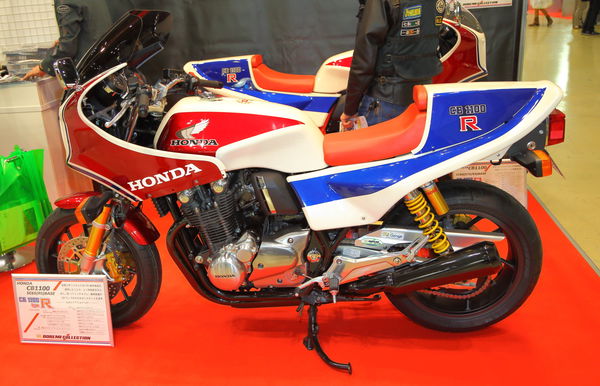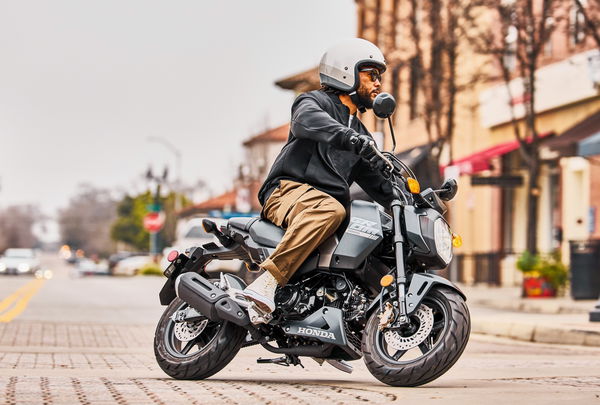Honda's PCX125 gets a total revamp for 2018
New frame, more power and now ABS brakes...

Honda's popular PCX125 scooter has received a complete makeover, dahlink, for 2018 based on a brand-new steel cradle frame, new spenders, more powerful pushing unit and the addition of ABS.
The PCX125 is one of Honda's unsung success stories, chalking up 140,000 sales in the last seven years, and was the first two-wheeler in Europe to feature Idling Stop technology; two years later it became the first scooter in Europe to use Honda’s ultra-efficient enhanced Smart Power (eSP) engine.
In 2016 it gained EURO4 compliance and now, to keep ahead of the pack in an ultra-competitive marketplace, for 2018 the PCX125 is receiving a major design update, brand new chassis and more power for its engine.
As something to hang other things on, the chassis is now of a steel duplex cradle design instead of underbone. Also (for the first time on a Honda scooter) a plastic main fairing stay has replaced the steel structure used before. This, and the frame redesign, has shaved 2.4kg from the structure, further aiding agility.
Wheelbase is 2mm shorter at 1,313mm, and steering geometry remains the same, with 27° rake and 86mm trail. Overall kerb weight is 130kg. Both front and rear wheels are lighter and use thinner rims, with an eight-spoke design.
The 31mm front forks are unchanged with 89mm axel travel, but the rear shock absorbers are re-sited more towards the rear of the machine; and now use tri-rate springs for a smoother ride, whether on rough city streets or out of town.
Stopping power is provided by the two piston caliper 220mm front disk brake, and 130mm rear drum brake; single-channel ABS operates on the front brake.
The SOHC, liquid-cooled two-valve 125cc enhanced Smart Power (eSP) engine powering the PCX125 offers compact durability with excellent performance away from the lights plus quiet, smooth operation and reduced CO2 production.
At this stage of its development more power at high rpm – with no loss of torque down low – was the target for improved performance in higher speed ranges. Peak power is now up 0.4 bhp to 12.05 bhp @ 8,500rpm, with peak torque of 11.8Nm @ 5,000rpm.











